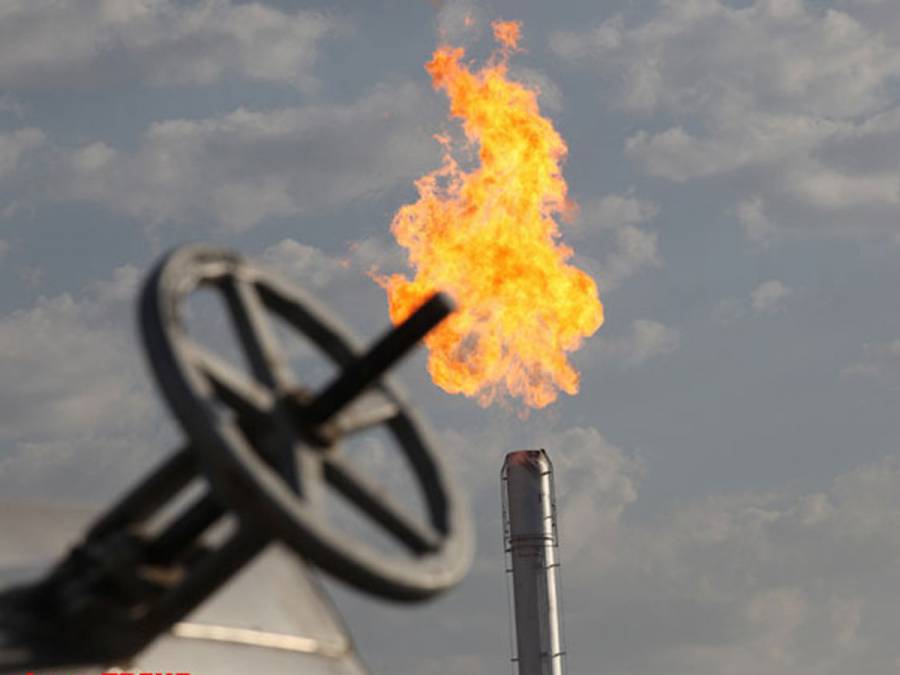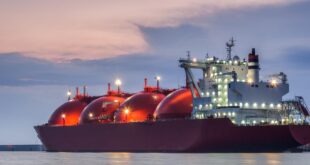Most of Iran’s future energy potential actually lies in gas rather than oil. said Senior Iran Analyst at Wood Mackenzie Homayoun Falakshahi.
Iran is the world’s third largest producer of gas. but it barely plays any role in the global gas trade. with only limited amounts sent primarily to Turkey. Although Iran sits on the second largest reserve of gas in the world. its share in the global gas trade is less than 1%. he told Iranian daily Jahan-e Sanat.
Iran exports about 27 million cubic meters per day of gas to Turkey.
Iran historically has had a very important role in world oil markets. It is still one of the main contributors to global oil production with a current share of around 4%. he said.
Iran is producing over 3.7 million barrels per day (mb/d) of oil. 560.000 b/d of gas condensate as well as 700 million cubic meters per day (mcm/d) of gas.
Falakshahi also said Wood Mackenzie estimates total global oil production capacity to be 108 million b/d by 2030.
There is certainly scope for Tehran to play a much bigger role in the oil and gas markets. but this will depend on investing in building new production capacity. and finding viable export options for gas.
Iran plans to invest $100 billion in upstream oil and gas sector by 2021 to increase the oil and gas condensate production to about 5.1 mb/d and gas output to about 1.25 bcm/d.
Falakshahi said the policies set by the current administration and Minister Bijan Namdar Zanganeh are spot on as they target some of Iran’s most urgent needs: developing the shared fields. including South Pars. and improving mature oil fields’ recovery rates.
Iran is lagging behind most of its neighbours on the development of shared fields. including the massive Azadegan oil field (shared with Iraq) and Farzad B gas field (shared with Saudi Arabia). Moreover. the average recovery rate from its main oil fields is typically around 20-25% while on average this rate is around 30-40% elsewhere in the Middle East.
He said that tens of billions of capital investment will be needed in order to succeed on these policies. We estimate the capital investment needs to develop the 49 development projects (based on newly designed oil contract model. called Iran Petroleum Contract. or IPC) that the National Iranian Oil Company (NIOC) selected at the Tehran Summit in November 2015 to be around $150 billion.
The NIOC will also need technical expertise. Therefore. being able to attract foreign capital and expertise appears key to fulfilling these targets. he added.
The IPC appears much improved from the previous fiscal regime. the buy-backs. while keeping many aspects of it. The buy-backs were so difficult to foreign investors that most of them will not accept to come back under such hard terms again. The buy-backs were short-term. very rigid contracts. with no incentive for foreign companies to go beyond the target production. the Wood Mackenzie expert said.
The IPC tries to tackle many of the buy-backs’ issues: they are signed for a period of 20-25 years. which should make transfer of technology and knowledge much easier to local Iranian companies. Foreign companies will be able to participate in the fields’ production phase which is also very important in order to improve the fields recovery rates based on the reservoirs reactions. At the same time. Iran’s constitution is respected as contractors do not own a single barrel or mcf of Iranian oil and gas.
Falakshahi added that in fact. the IPC is very similar to the Iraqi technical service contract. with the exception that the IPC’s remuneration fee will be floating while this is fixed in Iraq.
International companies typically like this exposure to oil prices. he said.
In Iraq. some projects are making fair returns while others are struggling. It depends on many factors such as the exact negotiated/bid terms. or whether the field is a brownfield or a greenfield. etc. In Iran. it is likely to be similar: some projects will make positive returns while others may be very difficult for foreign firms. Each project will be different.
The upstream industry is now much more competitive than 20 years ago when the first buy-backs were signed. added Falakshahi.
Companies have more investment options available such as deepwater Brazil. shale oil. West or East Africa to name a few. These places are geologically more difficult than Iran. but companies are able to make much higher returns there compared to Iran.
Therefore. the IPC looks like a positive first step towards attracting investment and expertise. something that Iran crucially needs as soon as possible. he said.
Falakshahi added that the world’s biggest companies are very seriously looking at Iran as a major investment opportunity.
However. not all of them will decide to enter the country. Their decision will be based on many factors of which the most important is the attractiveness of the IPC and projects on offer. It is possible that some companies could be willing to enter even with difficult terms. either for security of oil supply – they could be paid in crude oil and lift it for their own refineries – or to improve relations between their own government and the Iranian government.
He also said that one advantage that Iran has compared to other places is that most of its upstream assets are relatively low-cost to develop.
Companies are cutting budgets in the current oil price environment so this fact could attract some of them.
He however said many political obstacles remain in place.
International oil companies will wait to see whether Hassan Rouhani gets re-elected next year. before committing to long-term deals with Tehran. Many will also be very cautious as per the nuclear deal’s provision that sanctions can get snapped back on Iran if it does not respect its nuclear commitments. Even though this should not have a retrospective effect. the perceived risks could slow down the decision to enter Iran.
Falakshahi said international banks are also in need of more assurance regarding what they can and cannot do with Iran.
The big fines that some of them had to face over the last few years is adding to their level of anxiety. Their concern appears even more difficult to appease as it is a judiciary issue as well as a political one.

 Iran Energy News Oil, Gas, Petrochemical and Energy Field Specialized Channel
Iran Energy News Oil, Gas, Petrochemical and Energy Field Specialized Channel



